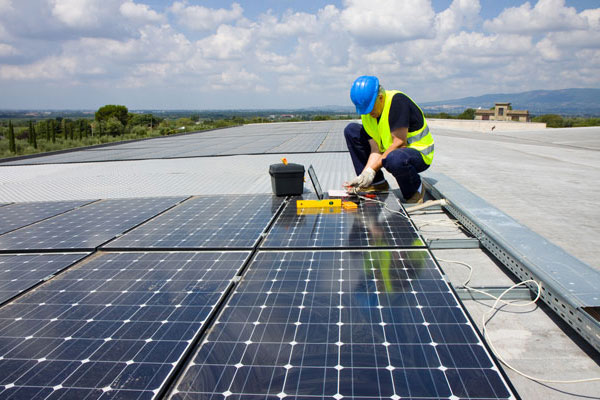Ensuring UK industry remains competitive on a European and global scale is of paramount importance for a stable and sustainable UK economy.
However, energy intensive industries (EIIs) have faced a number of challenges in recent years, for example from high energy costs to supply chain pressures.
Another of these challenges is addressing carbon leakage, which is where the production of goods, and their associated emissions, is moved from one country to another to take advantage of less stringent climate policies.
At the end of last year, the UK government announced plans to introduce a Carbon Border Adjustment Mechanism (CBAM) on 1 January 2027, following an initial consultation on a range of potential carbon-leakage mitigation measures.
In March 2024, HM Treasury and HMRC published a further joint consultation on the design and delivery of a UK CBAM. They have published details of how the government intends to structure and administer this, and are inviting views from relevant parties. The deadline for input is 13 June 2024. More information can be found here.
The purpose of a UK CBAM is to mitigate the risk of carbon leakage by applying a comparable carbon price to goods that are imported to those that are produced in the UK.
But firstly, let’s take a step back and look at why a potential UK CBAM is needed.
Keeping the UK on track for net zero
Currently, the risks to UK competitiveness posed by the internalisation of carbon costs have been typically addressed through policy cost exemptions, levy rebates and free allocation of permits.
For example, the use of carbon pricing through the UK Emissions Trading Scheme (UK ETS) is one of the measures used by the UK government to support industrial sector decarbonisation.
However, this creates the risk of carbon leakage, as not all jurisdictions are moving at the same pace.
As a result, the UK is now reaching the point where subsidising emissions under the UK ETS to guard against carbon leakage is reducing the incentive to invest in cleaner technologies, potentially damaging the UK’s ambition to hit net zero by 2050.
The EU is introducing its own CBAM in 2026, following a transitional phase that runs 2023-2025. The list of proposed products in the EU CBAM has been used as a starting point for the UK CBAM, which is a welcome alignment.
Which sectors does CBAM apply to?
Initially, the UK CBAM will be a charge on the emissions generated by relevant imports into any part of the UK that take place on or after 1 January 2027. Although it is worth noting that CBAM will not be payable until after the end of an accounting period.
The government intends to limit introduction of a CBAM charge to goods in sectors subject to the UK ETS in the first instance – primarily those produced by energy intensive sectors such as aluminium, cement, ceramics, fertiliser, glass, hydrogen, iron and steel – and, within those sectors, to those deemed most at risk of carbon leakage.
The government proposes that the tax point – the time that CBAM liability arises – will either:
- Be the date on which a qualifying product is released into free circulation, where it is subject to customs control
- Or, where there are no customs controls, the tax point will be the date on which the ‘CBAM good’ first enters the UK
What should a ‘good’ CBAM look like?
We believe that introducing a UK CBAM that is complementary to the UK ETS, and is focussed on the sectors that are most exposed to carbon leakage, is a pragmatic approach.
Over time, it would make sense to initially blend, and ultimately replace, the UK ETS’s free allocation, emission exemptions and rebates with CBAM to facilitate the low-carbon transition for industry while retaining a competitive edge.
Beyond this, the government should then look to expand carbon-leakage protection measures to all exposed sectors within the UK economy.
Overall, we believe that there are five key areas that would lead to a successful UK CBAM. It should:
- Have effective carbon-leakage mitigation across the value chain, designed to prevent the shifting of carbon leakage risks to downstream sectors
- Safeguard export competitiveness by allowing UK produced goods to compete on a level playing field in their export markets
- Ensure the scheme is feasible to implement and avoids the creation of trade barriers or other disruptions
- Have robust monitoring, reporting and verification systems which prevent importers from using falsified data to evade CBAM charges
- Ensure that there are minimal additional burdens on business, both in the UK and overseas, as well as consumers
/npm214%20Digital_H_UB99.jpg)

/npm214%20Digital_H_UB92.jpg)
/npm214%20Digital_H_UB102.jpg)

/npm214%20Digital_H_UB126.jpg)

/npm214%20Digital_H_UB142.jpg)

/npm214%20Digital_H_UB139.jpg)
/Author%20Profile%20Thompson_James_G.png)
